
Hello friends. Today I’m going to tell you about my journey to Braga, a city in the north of Portugal. Honestly before coming here I knew very little about Braga. I had heard its name, but in my mind I always imagined it as a small, quiet town. Yet as soon as I arrived, I was greeted by a completely different atmosphere, with historical buildings at every corner. This is actually the third largest city in Portugal by population and it really feels like it. Braga is also one of the oldest cities. It is an archbishopric center and at one time it was even considered the religious capital of Portugal.


The first place we visited was a sacred site, the Bom Jesus do Monte sanctuary. It is one of those churches built on the hills. There are quite a few of them in Europe and they are called Sacro Monte. That is why this complex, this holy site, was inscribed on the UNESCO World Heritage list. And rightly so, because here stands an impressive Baroque staircase with 573 steps leading up to the main church. The church itself was built in neoclassical style. Inside, there was a very interesting altar, almost like a diorama, depicting the crucifixion of Jesus. Below you could see the Romans. The decorations were also striking, with many frescoes and architectural details. The church was built in the 15th century. There was also a small but charming organ. Overall the interior had a festive and lively atmosphere.








At that moment, the sound of bells caught our attention. They were being rung by the funicular driver. This was the very first funicular in Portugal. It opened in 1882 and is still in operation, which makes this place even more special. So, if you park your car down below, you can ride the funicular up instead of climbing all the stairs. Or the other way around, you can walk down and take the funicular back up. In other words, you choose your own way of enjoying the place. Most importantly from here you can see a panoramic view of Braga, both its historic part and its modern side. Because besides these marvelous tourist attractions, Braga is also one of Portugal’s major industrial and economic centers.

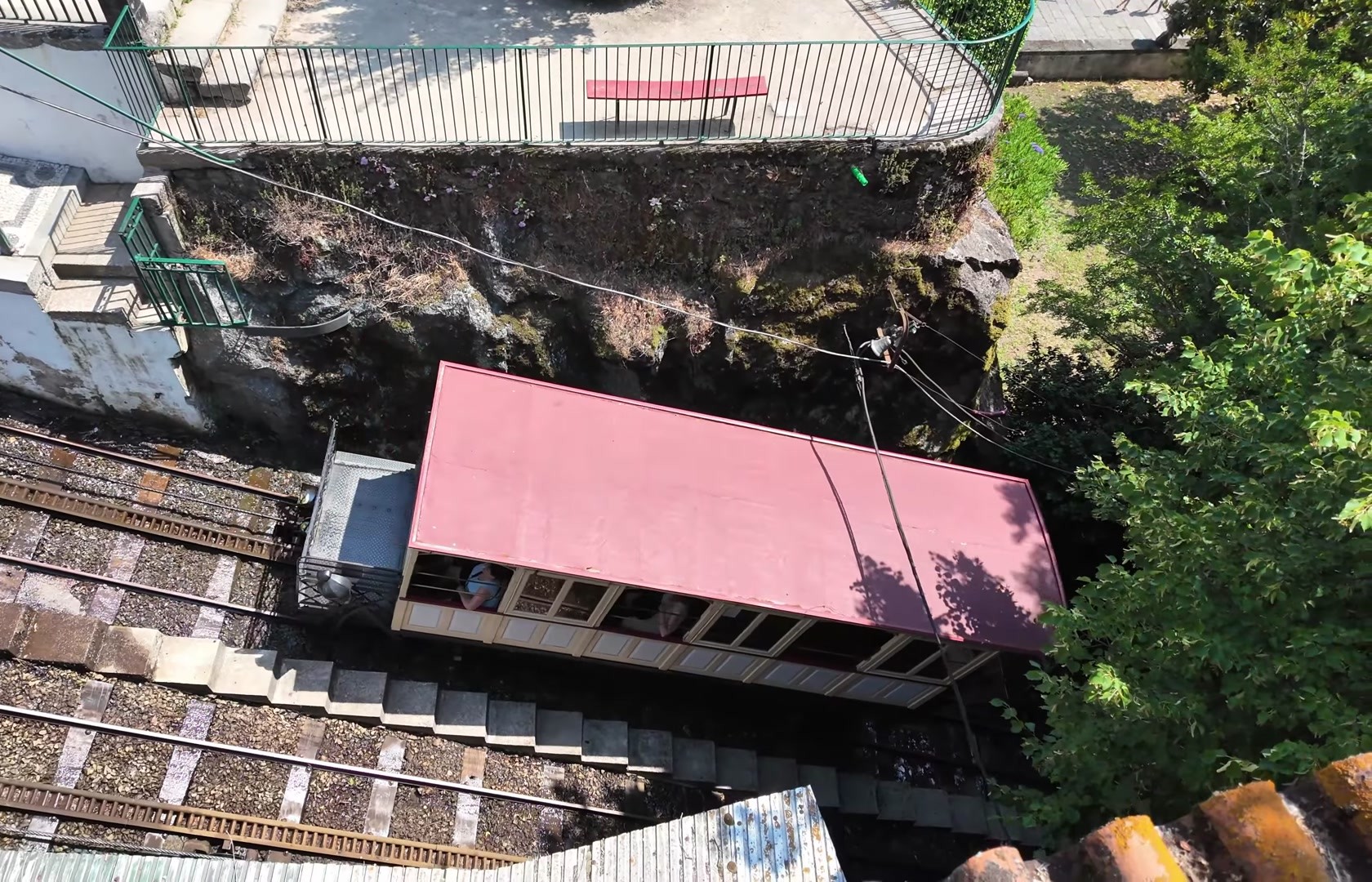
Of course, there are some important facts worth mentioning. The first cross was erected on Mount Espinho in 1373, followed by a chapel. In the 15th century this neoclassical church was built. The funicular climbs a 300 meter height and still operates with a pneumatic system powered by water pumps. The staircase not only has 573 steps but also 17 resting areas where those walking up can pause. The landscaping here is also noteworthy. And there are plenty of picture perfect spots for social media.










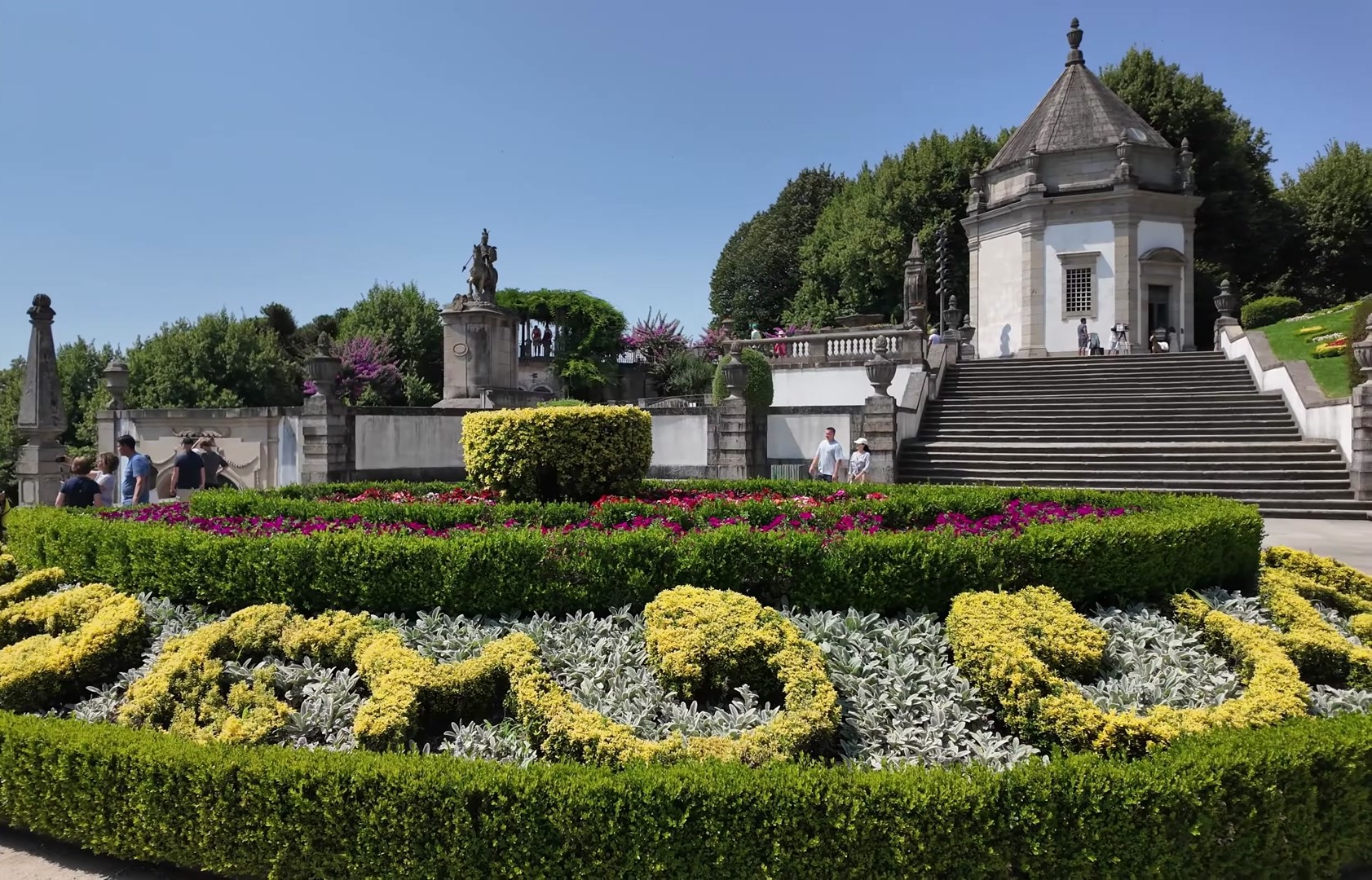
Afterward we headed to the center of Braga. It was immediately clear why it had been considered the religious capital. The diocese of Braga was once responsible for almost all of Portugal and even neighboring Galicia. We also had a wonderful travel series about Galicia, which I mentioned in my earlier posts.

From here we moved on to Largo Carlos Amarante square. Amarante was the architect of the Bom Jesus do Monte complex. In this square stands the Church of Saint Mark, built under the patronage of the Hospitaller Order. Nearby is the Church of the Holy Cross, constructed at the order of the founder of the Brotherhood of the Holy Cross. The interior was extraordinary, with gilded wooden carvings. Its façade was Baroque, with elements of Mannerism.
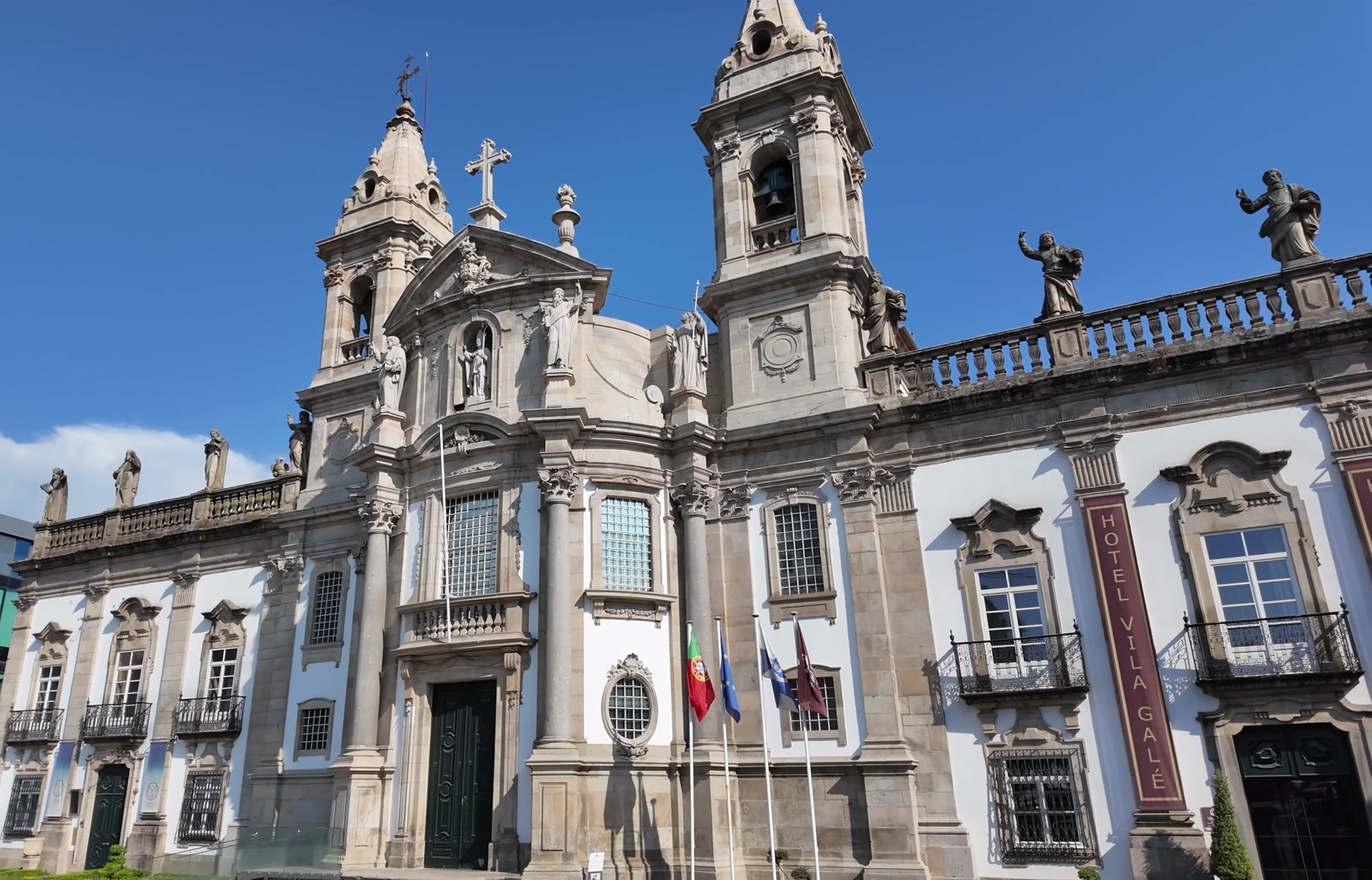
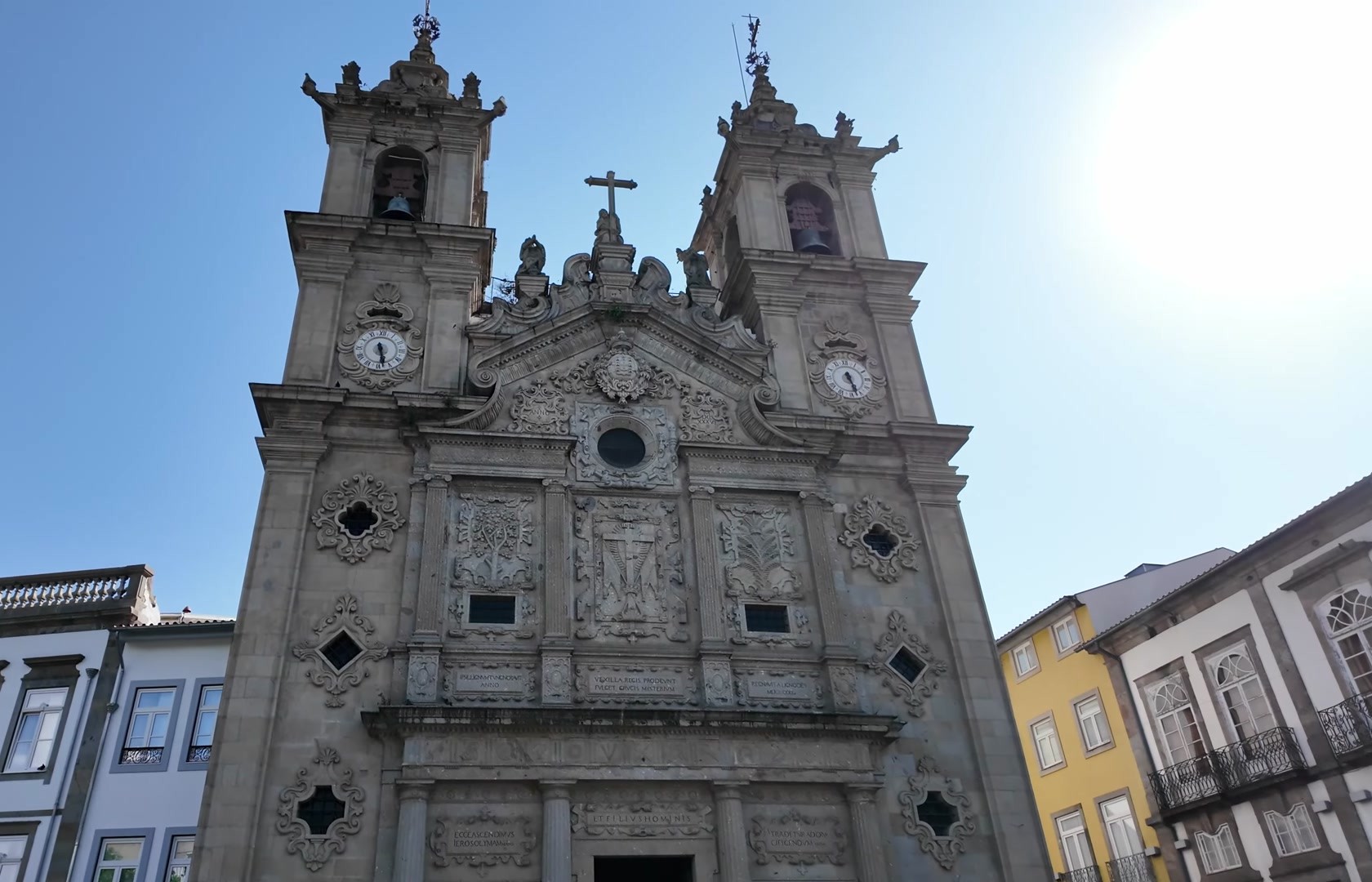

Next to it is the Coimbra House. Despite the name, it is not related to the city of Coimbra, it was named after a bishop who had a house built here. Also nearby is the Capella, in Manueline style, famous for its stone carvings. Inside there were more fascinating carved works.


All these buildings came from different periods. The Church of Saint Mark dates back to the 15th century, as does the Church of the Holy Cross. The Capella and Coimbra House, on the other hand, are celebrating their 500th anniversary this year.


In the spot where the Church of Saint Mark now stands, there used to be a monastery and a hospital. The relics of Saint Mark were brought here and are still kept in a casket made of sandalwood. Amarante was also the designer of this church’s façade, which is why the square was named after him.



Today that monastery has been turned into a hotel. This is quite common in Portugal, monasteries converted into hotels. In fact monks were expelled in the 19th century, their properties passed to the state, then to private owners, who restored them and turned them into hotels.




The heart of Braga however, is its cathedral, the oldest in Portugal. It was founded in the 10th century. Of course, it was rebuilt in various stages, which is why it contains Gothic, Romanesque, Manueline and even some Baroque elements. Unfortunately, a mass was taking place at the time, so we could not go inside. But that is a good reason to come back again.


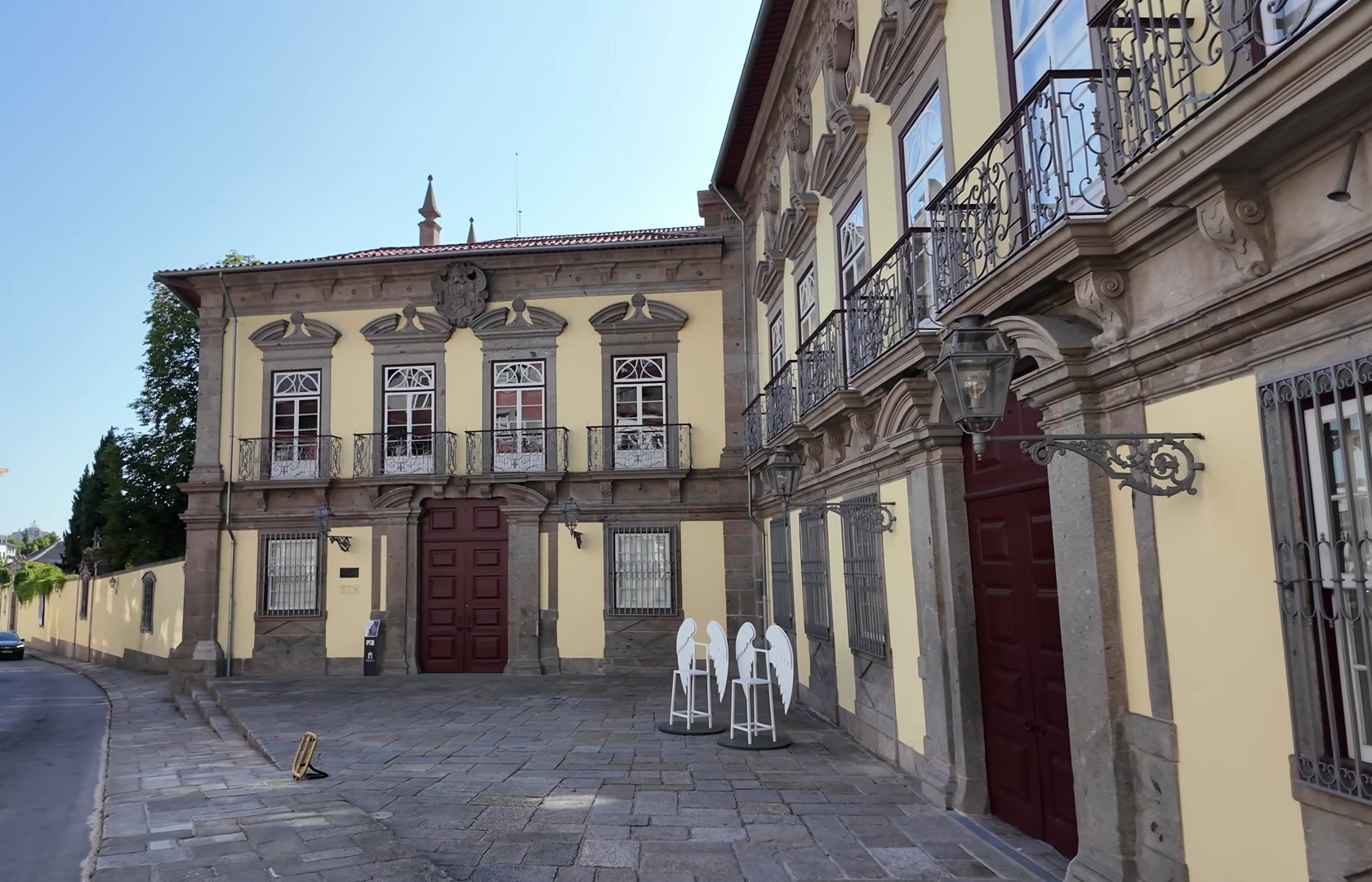

To be honest I underestimated Braga. It cannot be covered in just three hours. There are countless churches, palaces, the Porta Nova arch and other monasteries. We ended our visit at the Garden of Saint Barbara. There, the statue of Saint Barbara rises above a fountain. The garden itself is relatively new, built in 1955. Behind it stands the ruins of the bishop’s palace. A little further away is the building of the University of Braga.




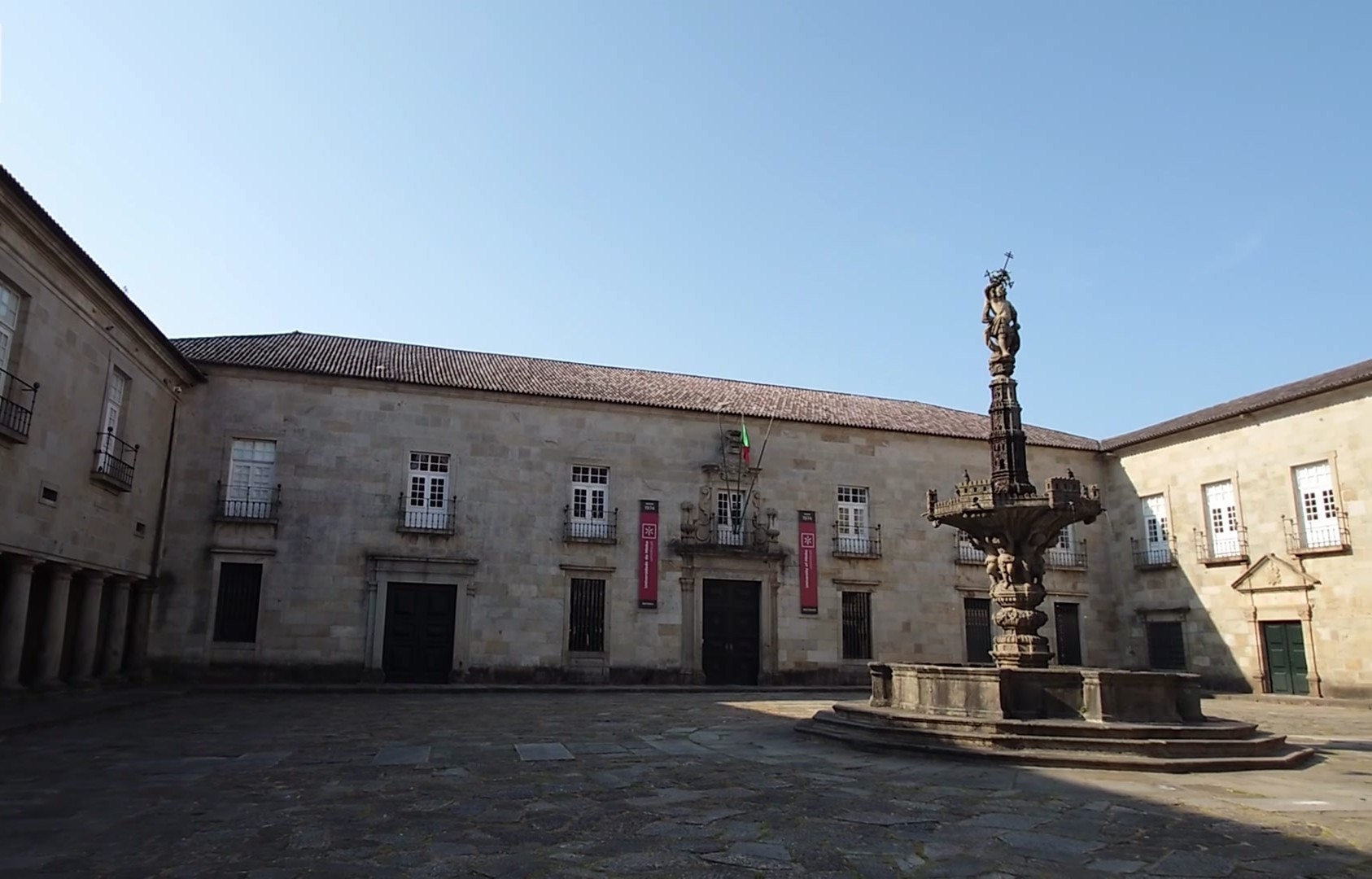

In short there was still so much left to see. That day was also very hot. Luckily, everything was just fine, Braga was doing well and so was I. I will definitely need to come back here for a more detailed exploration.
That is all for now. See you next time.